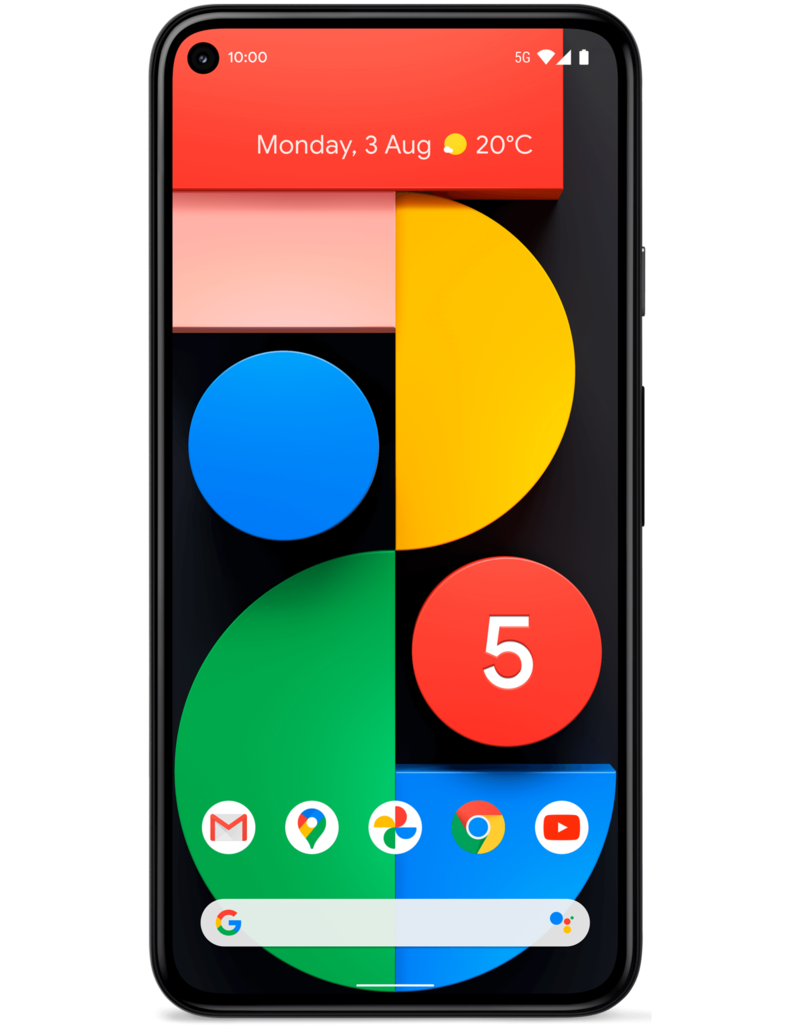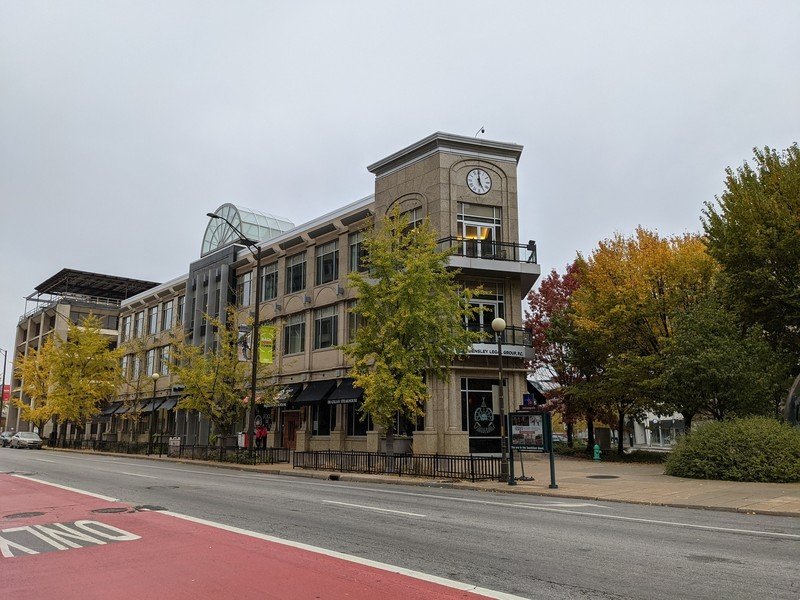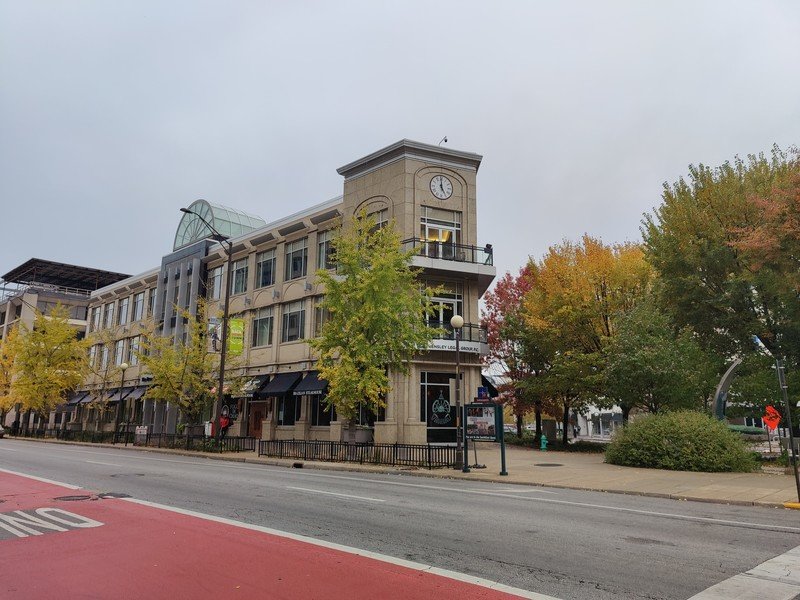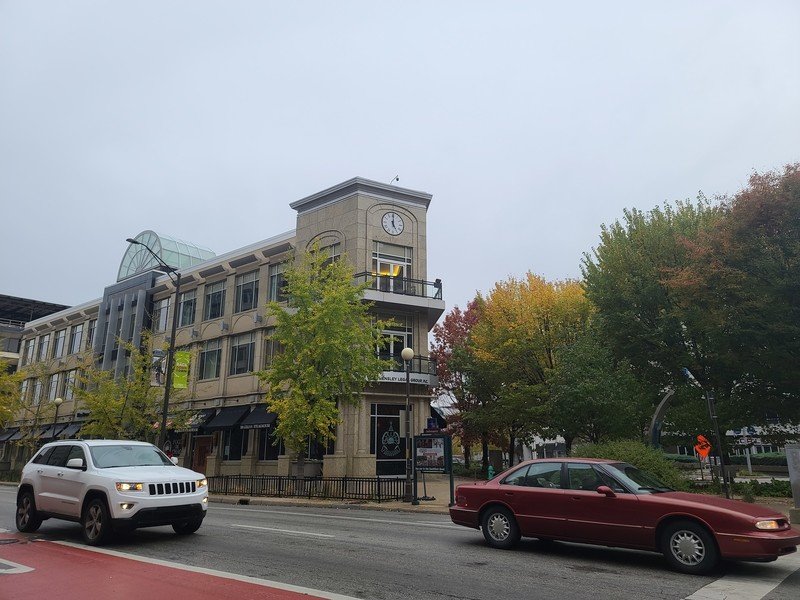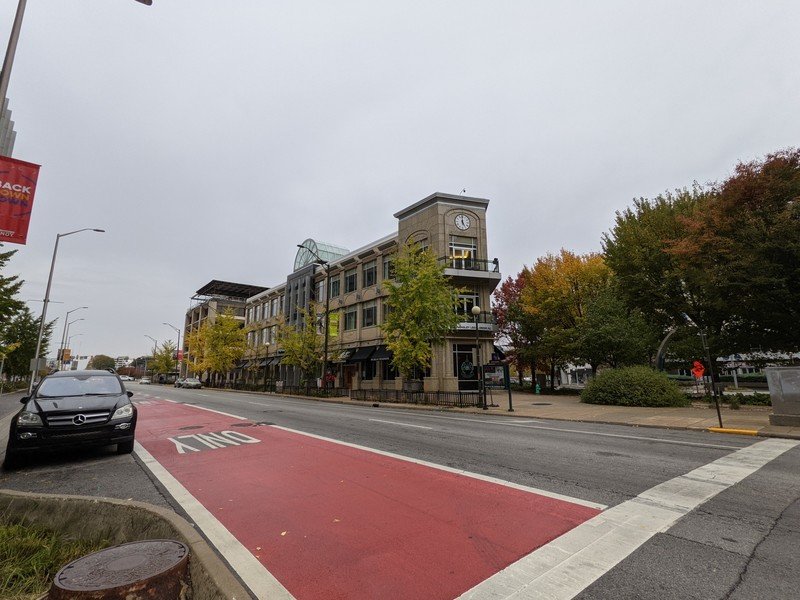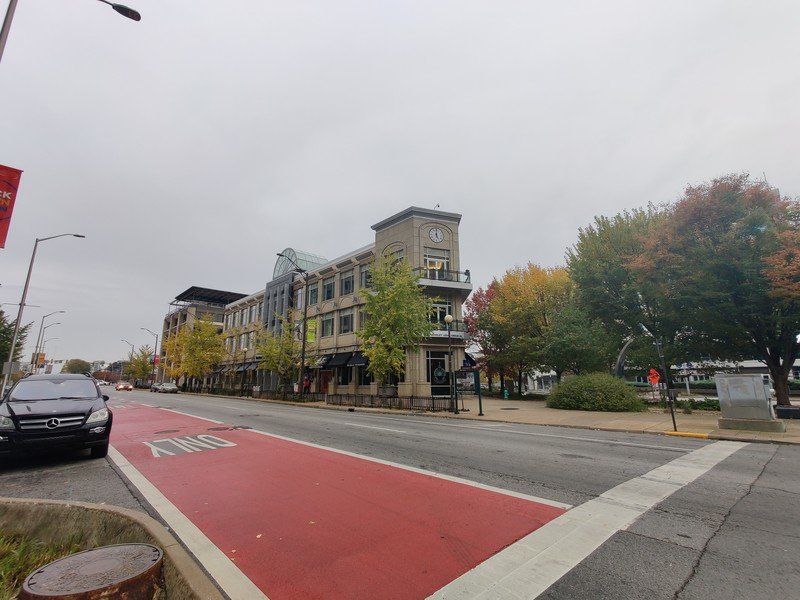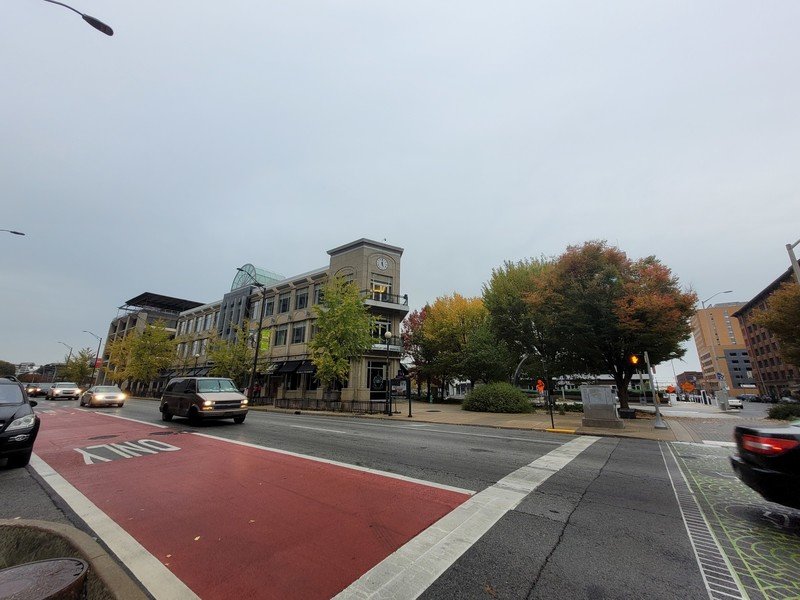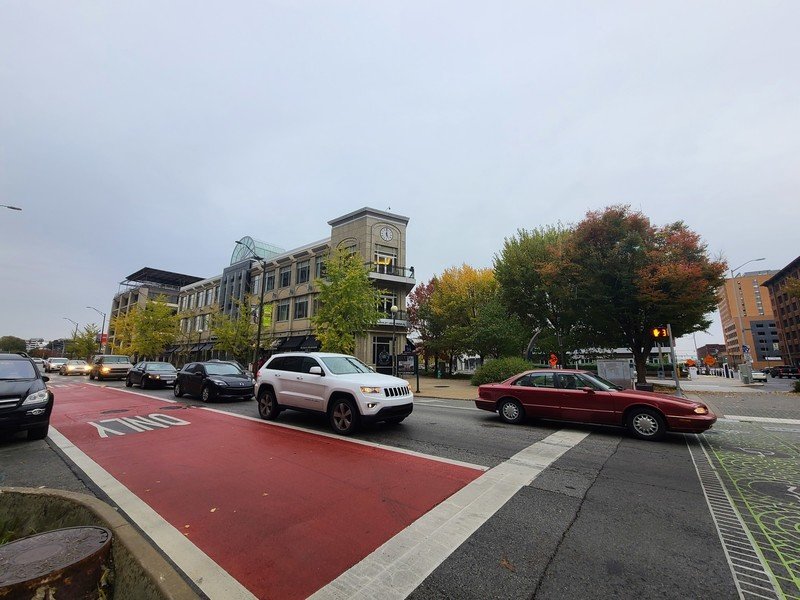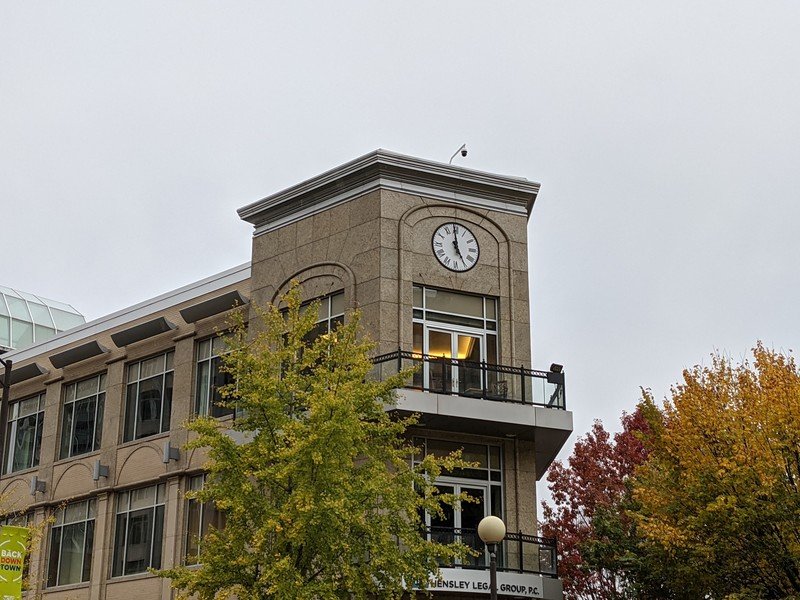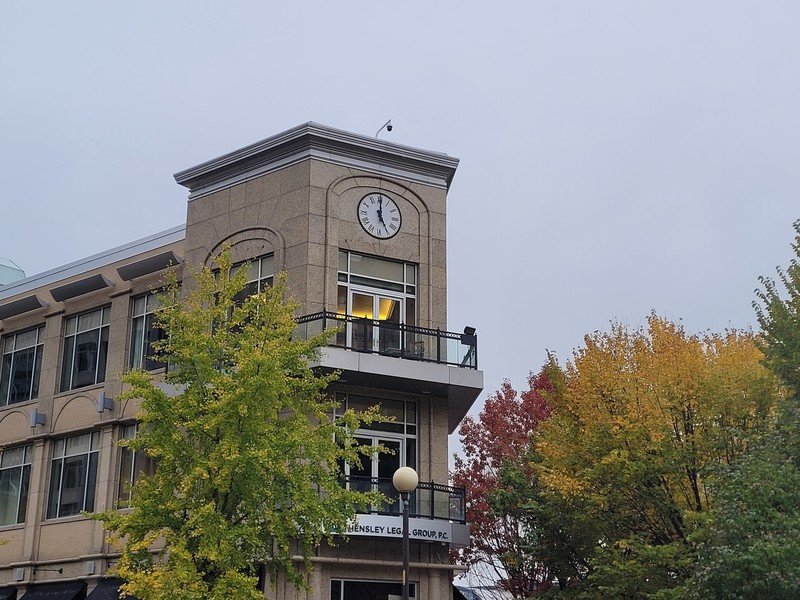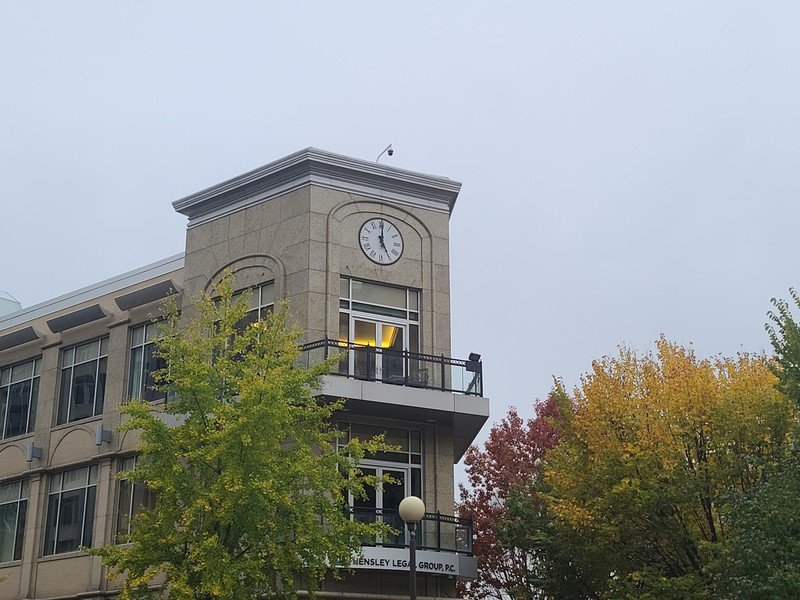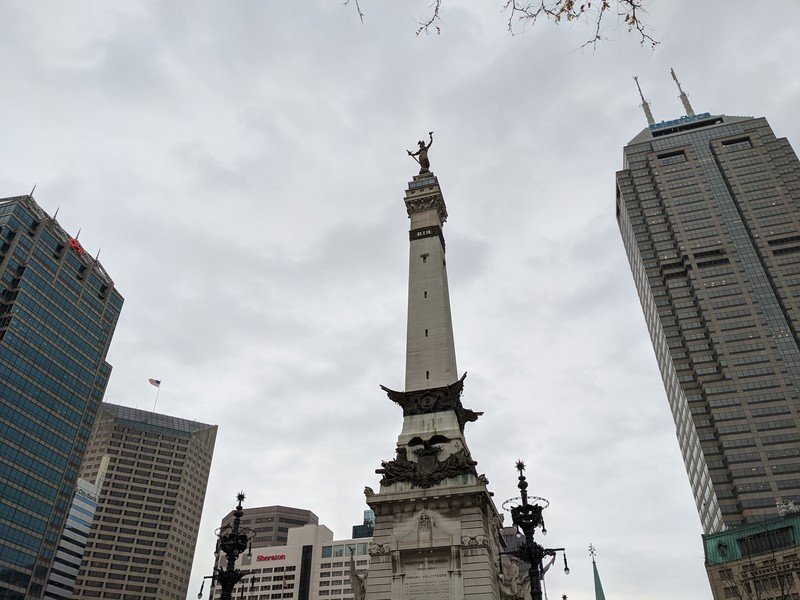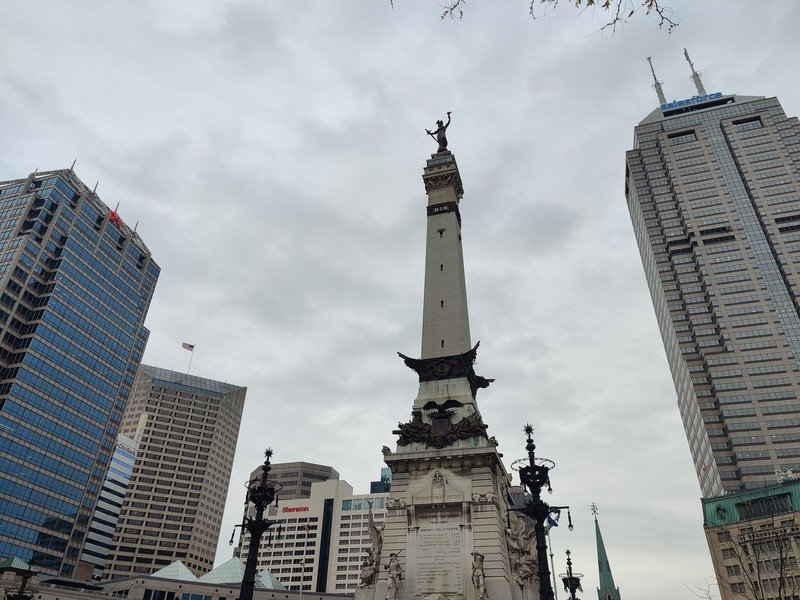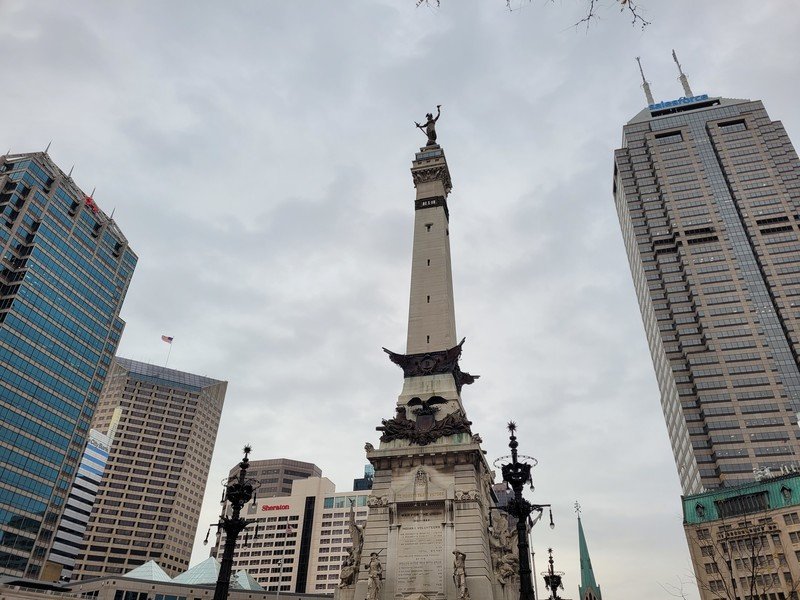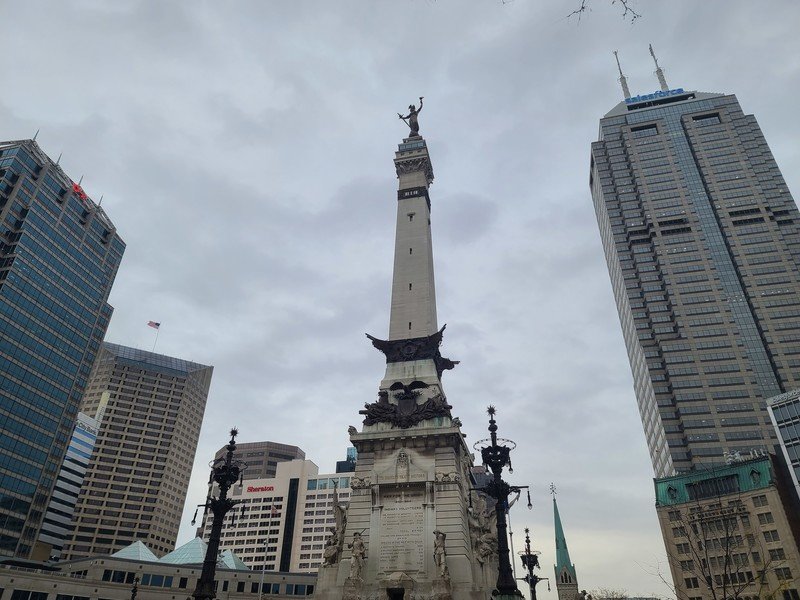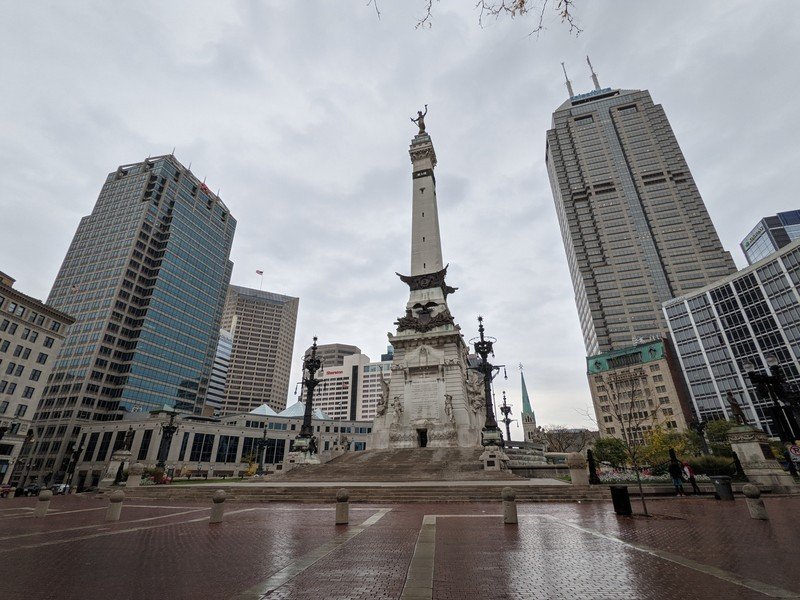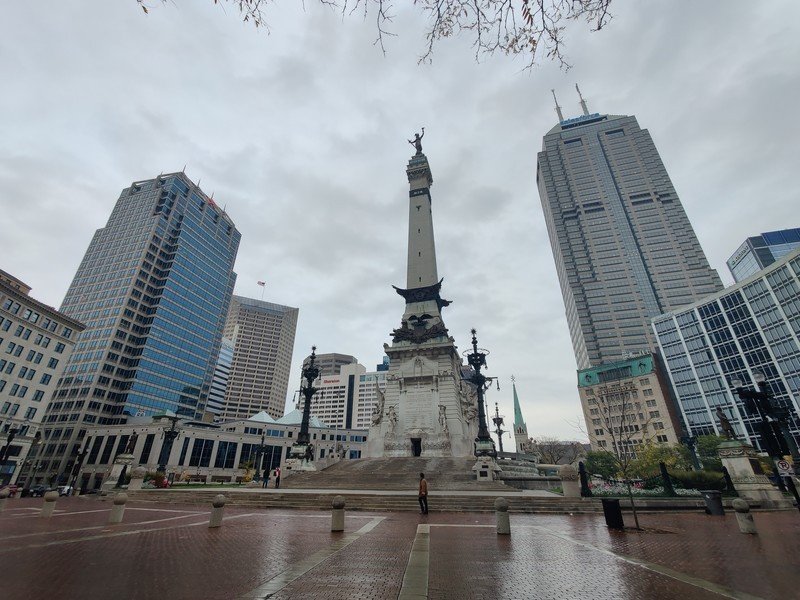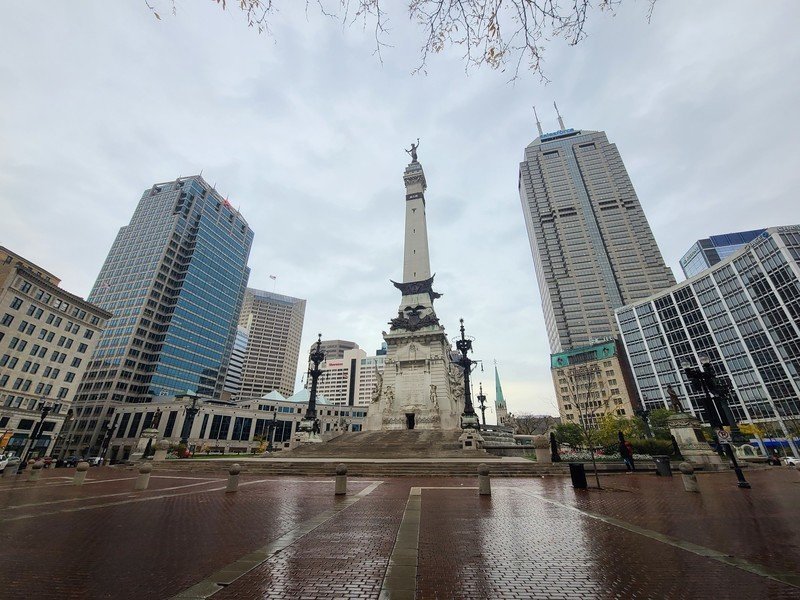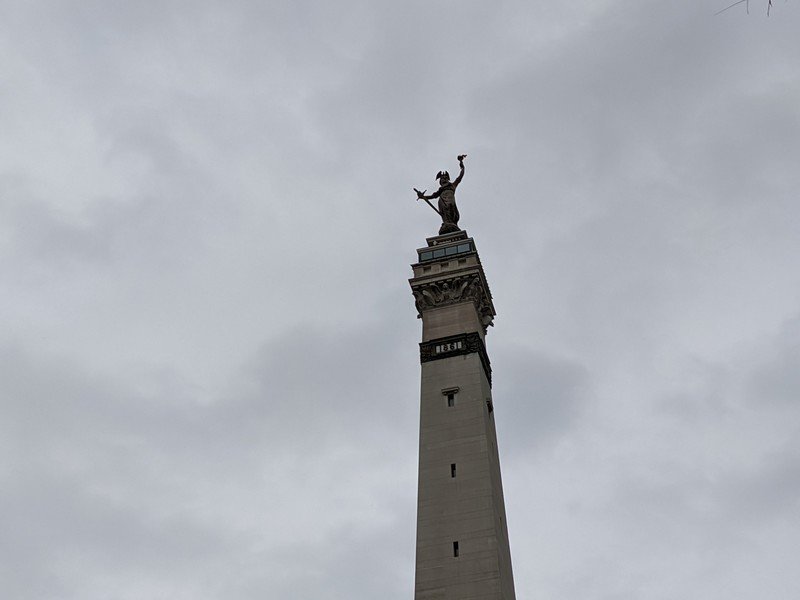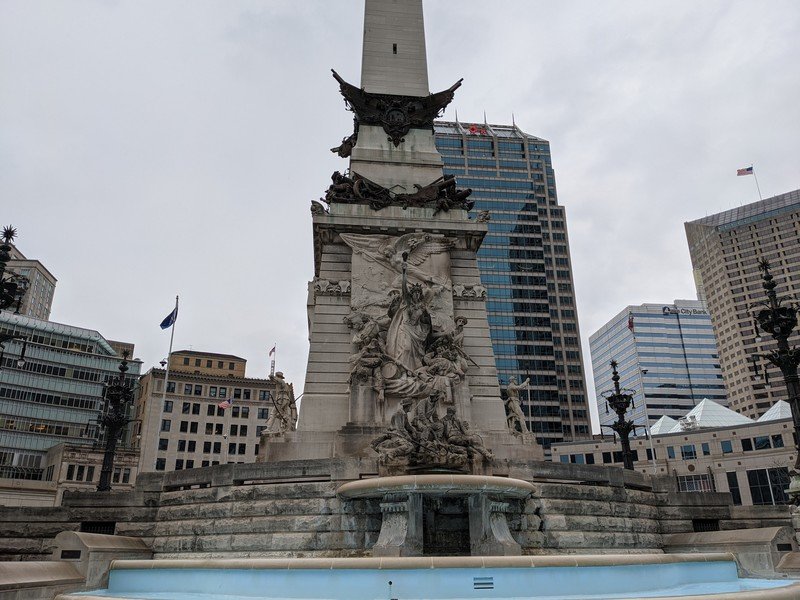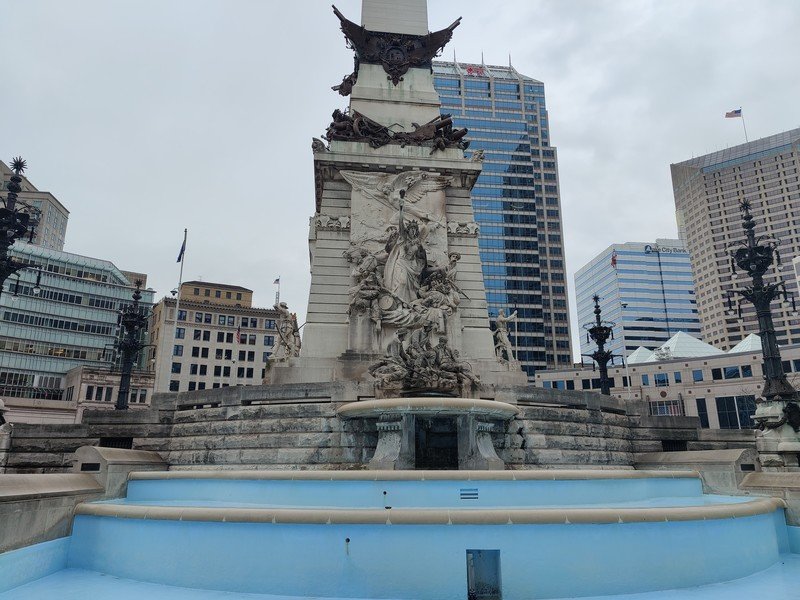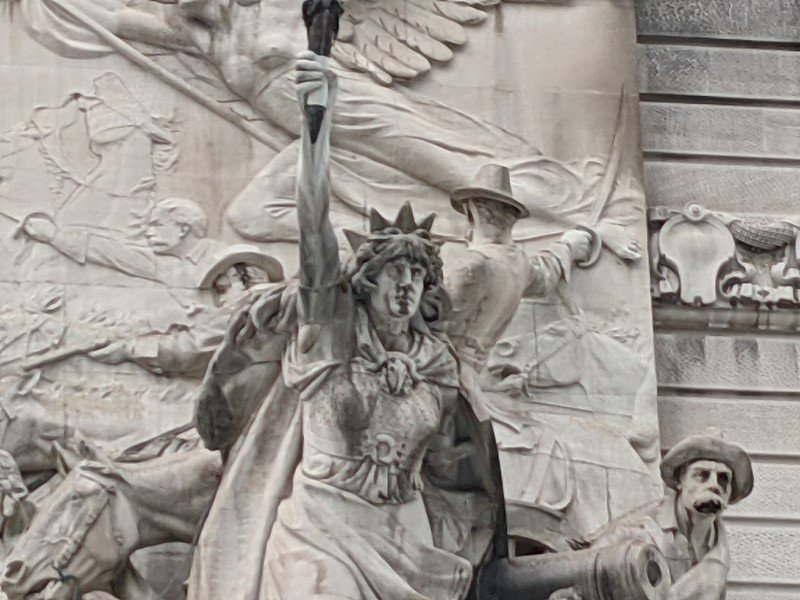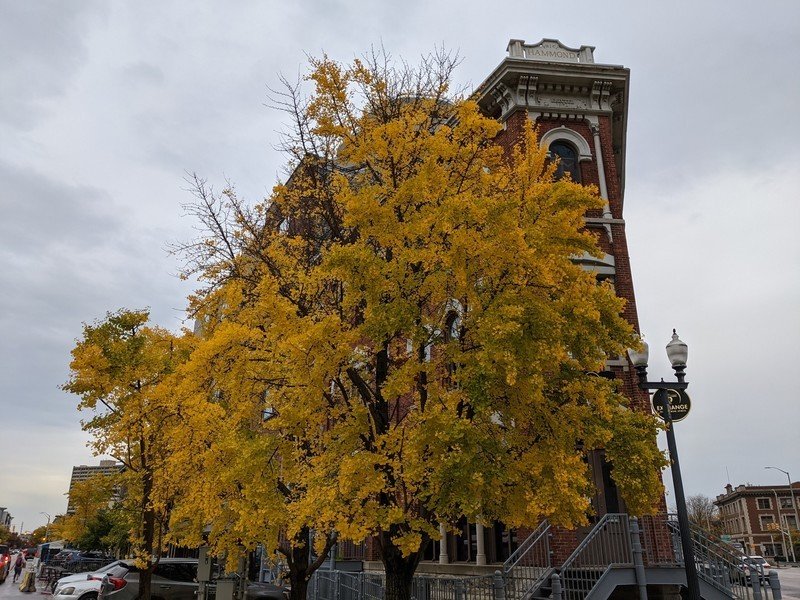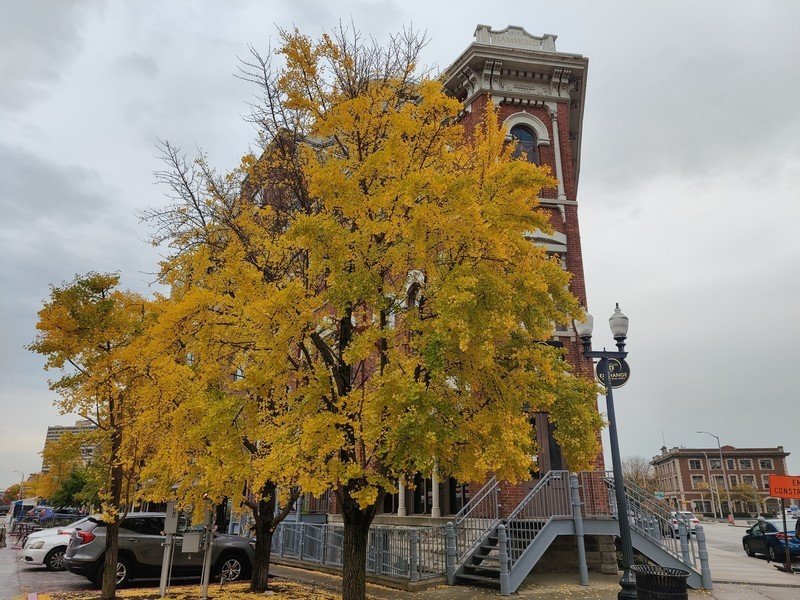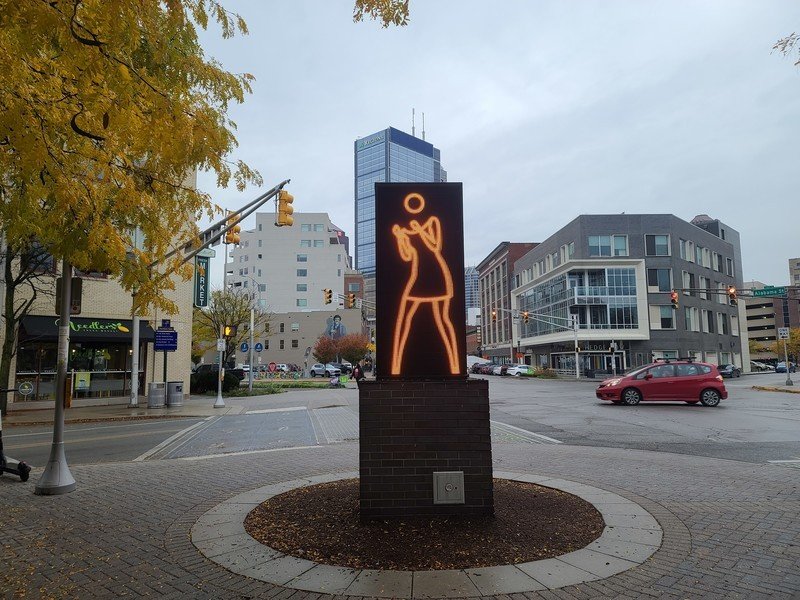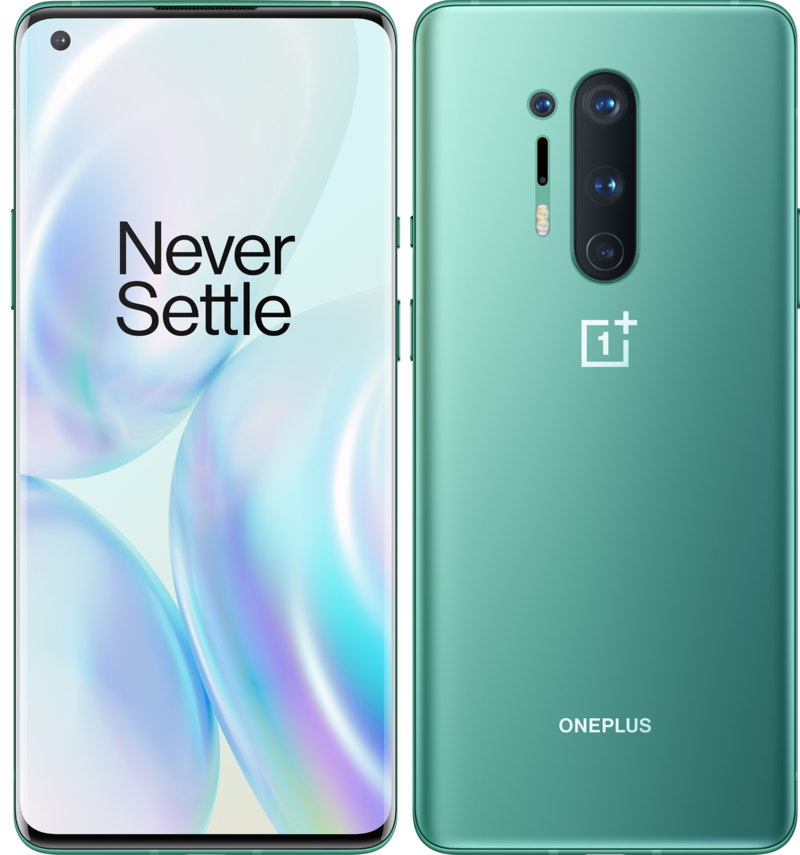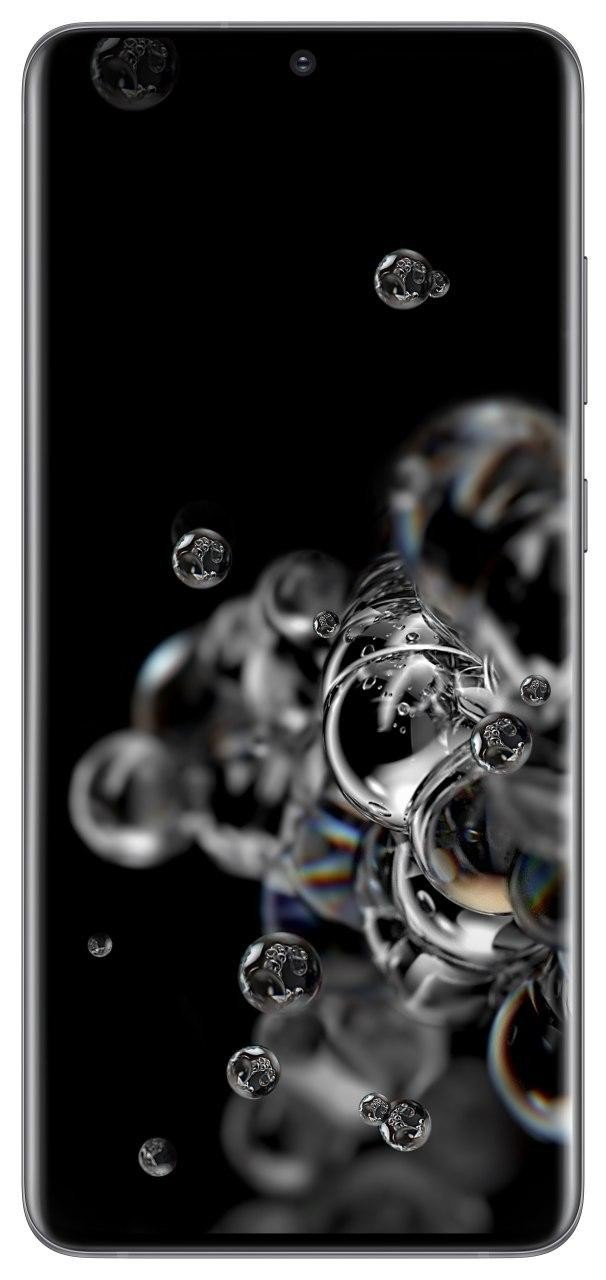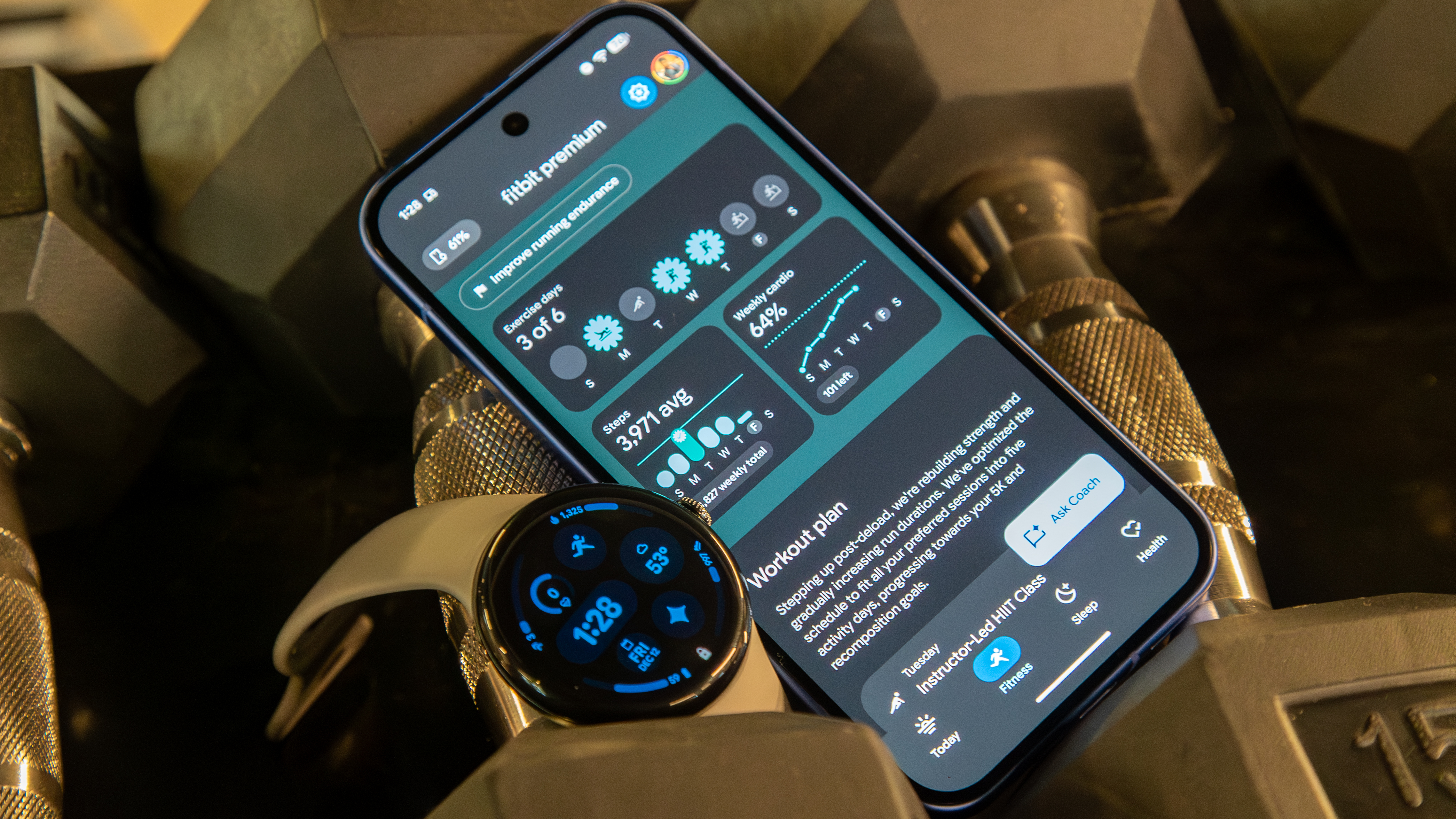Android Camera Comparison 2020: Pixel 5 vs. OnePlus 8 Pro vs. Samsung S20 FE vs. S20 Ultra
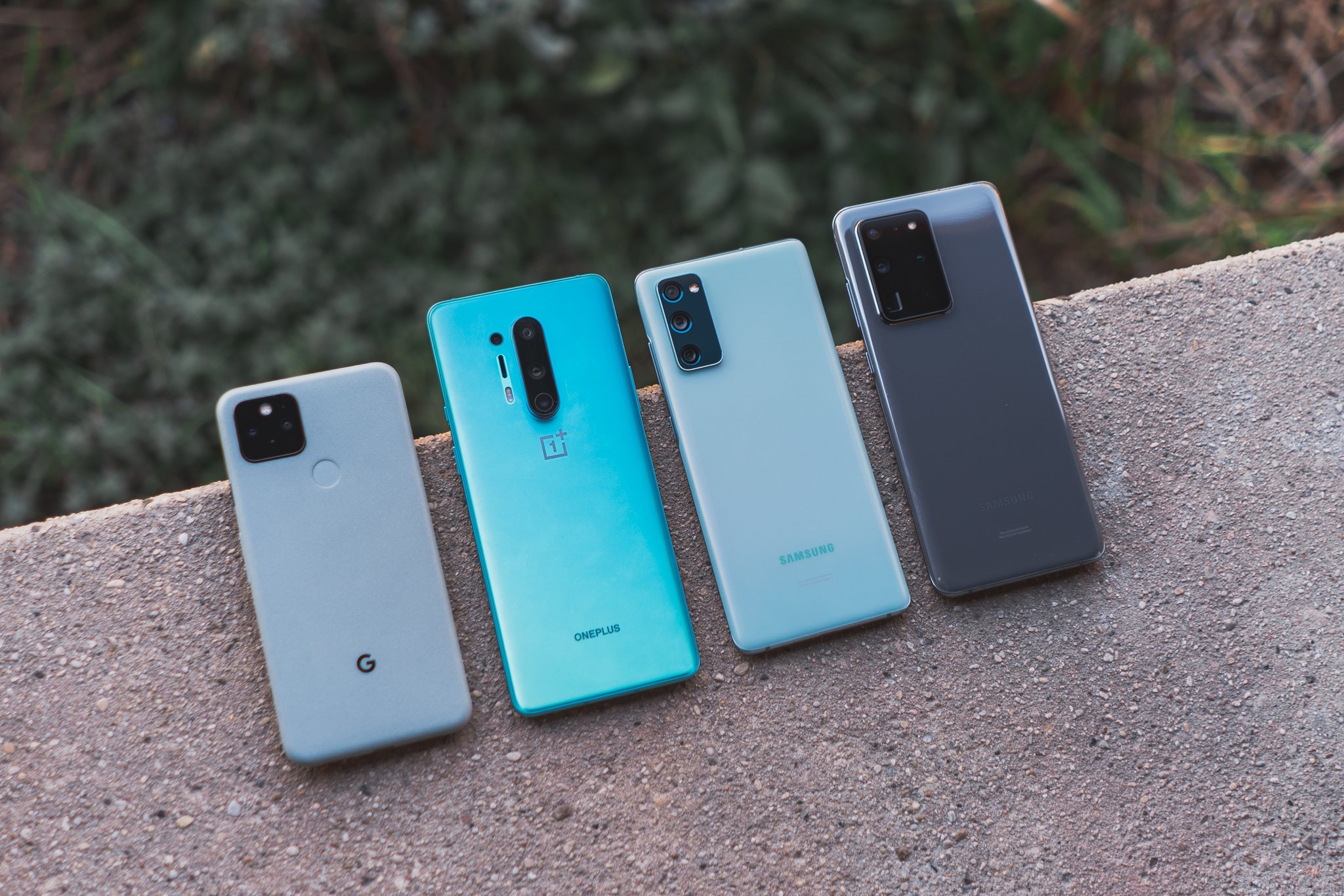
This year has been a rather explosive one for mobile camera tech. At the start of the year, Samsung dropped one of the largest image sensors we'd seen into the Galaxy S20 Ultra — a 108MP 1/1.33-inch sensor with 9:1 pixel binning — alongside a periscope-style telephoto sensor that was capable of reaching a whopping 100X zoom (albeit with questionable results at the upper limits). Later on in the year, the OnePlus 8 Pro finally brought flagship-tier cameras to a OnePlus device for the first time, with 48MP wide and ultra-wide sensors and an 8MP 3X telephoto lens.
Of course, Google's Pixel line is often revered as the best Android camera experience around, and the Pixel 5 gave us the ultra-wide sensor we've been clamoring over for years — albeit at the cost of the previous model's telepoto sensor. The Galaxy S20 FE, released around the same time, offers the quintessential Samsung photography experience for half the price of the S20 Ultra.
Given that these are some of the most popular Android devices of 2020, we wanted to take each camera out for a spin and see how each performed in different scenarios. Unfortunately, Indianapolis has been gray and rainy for the last two weeks, so I wasn't able to get comparison shots in standard daylight, but there's still plenty to take away from these shots — of course, I'll update this article with photos in better conditions as the weather clears.
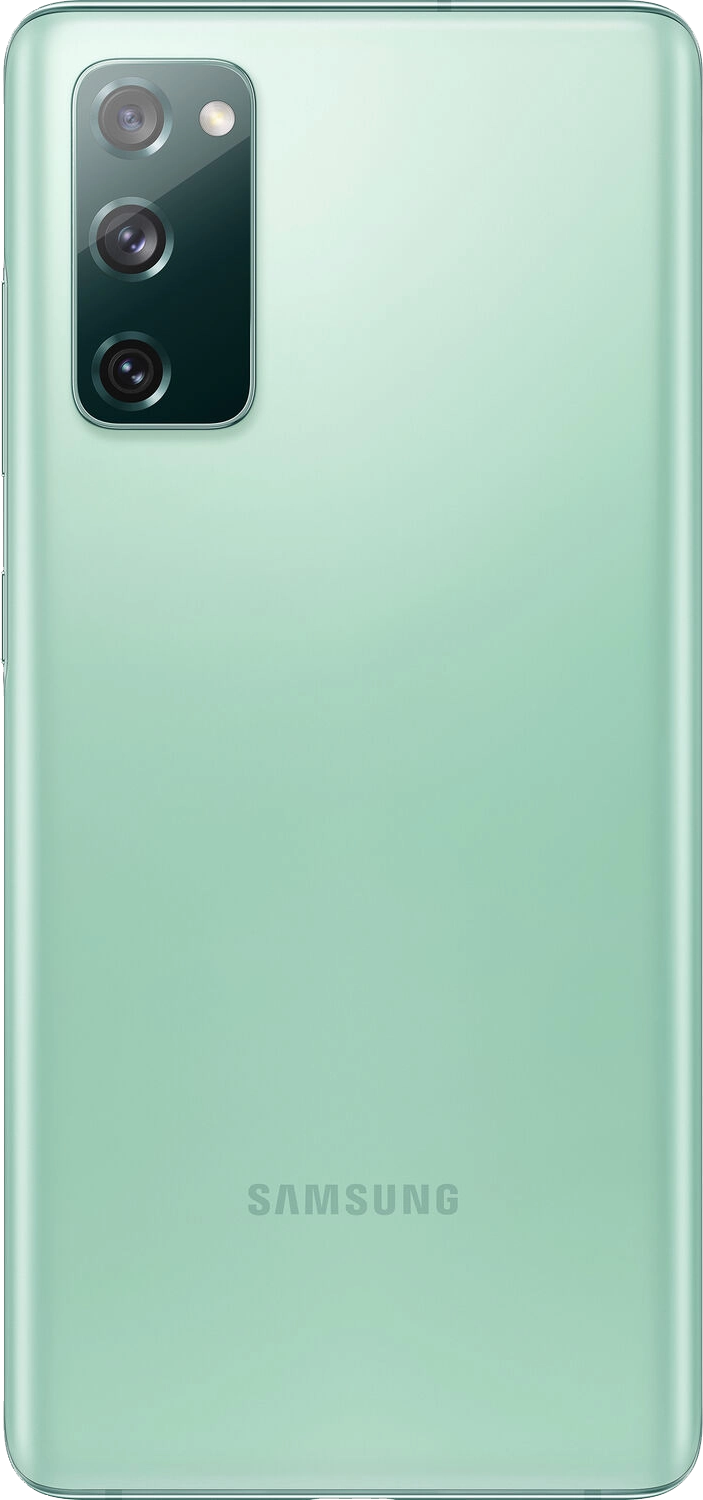
The essence of a Galaxy without the excessive price tag.
The Galaxy S20 FE offers nearly everything you'd find on the more expensive S20 variants, including a top-notch camera experience, but does so for hundreds less than the S20 series Samsung released earlier this year.
Scene 1: Wide-angle (1X)
Source: Hayato Huseman / Android CentralPixel 5 (top left), OnePlus 8 Pro (top right), S20 FE (bottom left), S20 Ultra (bottom right)
Right off the bat, I'm noticing that the Pixel 5 and OnePlus 8 Pro lean fairly warm, while the Samsung shots look a bit cooler. The OnePlus 8 Pro and S20 FE photos appear more saturated than the others, while the S20 Ultra surprisingly looks a bit washed out. To my eyes, the Pixel 5 does a great job at retaining shadow details, which look a bit muddy on the OnePlus 8 Pro, though the Pixel also has the least highlight detail in the sky.
I wish I were able to compare even more cameras; in particular, I would have loved to showcase the Note 20 Ultra (which I had to return to Samsung), which solved the S20 Ultra's endemic focusing issues with the addition of laser autofocus. Thankfully, the main sensor itself is the same, so this should hopefully give you some idea of what to expect from either phone.
Similarly, the S20 FE has a similar camera array to that of the Galaxy S20+ and Galaxy Note 20, and the Pixel 5 features the same primary sensor used in every generation since the Pixel 2. Of course, image processing will differ depending on your exact device, so you'll have to leave a bit of rooom to imagination.
Get the latest news from Android Central, your trusted companion in the world of Android
Scene 1: Ultra-wide
Source: Hayato Huseman / Android CentralPixel 5 (top left), OnePlus 8 Pro (top right), S20 FE (bottom left), S20 Ultra (bottom right)
Switching to the wide-angle lenses, there's a noticeable difference in what each company considers to be "ultra-wide." Google and OnePlus both opted for a 0.6X perspective, while Samsung uses a wider 0.5X lens. Of course, a wider lens introduces barrel distortion, but considering each manufacturer does a good job at perspective correction, I'm inclined to prefer the wider lenses here.
The OnePlus 8 Pro captured by far my least favorite shot here; it's terribly washed out, and shows far less detail in the street than the same 0.6X shot from the Pixel 5. Interestingly, the Samsung phones added quite a bit of blue to the sky, which wasn't there in reality (though it certainly looks a bit more lively than the Pixel's more accurate shot). To my eyes, there's a bit more detail in the clock on the shot from the S20 Ultra than the S20 FE, but I'd otherwise call Samsung's phones evenly matched here.
Scene 1: Telephoto (2X)
Source: Hayato Huseman / Android CentralPixel 5 (top left), OnePlus 8 Pro (top right), S20 FE (bottom left), S20 Ultra (bottom right)
I'm happy that a Pixel can finally compete in the ultra-wide space, but the trade-off with the Pixel 5 is that Google did away with the telephoto sensor we found on the Pixel 4. Instead, it relies on digital zoom (along with a bit of AI magic to maintain some clarity), and as a result telephoto shots are noticeably softer than last year. That being said, each of the other phones features a telephoto sensor with a tighter native perspective; 3X on the OnePlus 8 Pro and S20 FE, and 4X on the S20 Ultra.
That means that every phone simply crops into the main sensor for 2X zoom, resulting in many of the same characteristics found in the first sample shots. The Pixel 5 takes the warmest shot, with significantly darker shadows, but overblown highlights compared to the rest. I think the S20 FE actually pulled this shot off the best, with the most balanced exposure and colors that are just punchy enough.
Scene 2: Wide-angle (1X)
Source: Hayato Huseman / Android CentralPixel 5 (top left), OnePlus 8 Pro (top right), S20 FE (bottom left), S20 Ultra (bottom right)
You can start to pick up on some patterns here. Once again, the Pixel 5 has the darkest shadows and the brightest highlights, creating a dramatic high-contrast look, but strangely, the S20 FE actually took by far the warmest photo here. It's definitely my favorite of the four, though different preferences in color temperature could sway you more towards the far cooler-toned S20 Ultra sample.
Scene 2: Ultra-wide
Source: Hayato Huseman / Android CentralPixel 5 (top left), OnePlus 8 Pro (top right), S20 FE (bottom left), S20 Ultra (bottom right)
Jumping back to the ultra-wide sensors, this time the S20 Ultra leans warmest, while the Pixel 5 has inexplicably picked up a strange purple tone that I'm not at all a fan of. Smaller details remain impressively sharp on all four cameras (in particular, I'm looking at the Sheraton logo in the background), with the biggest differentiator once again being the Samsung phones' wider 0.5X perspective.
Scene 2: Telephoto (2X)
Source: Hayato Huseman / Android CentralPixel 5 (top left), OnePlus 8 Pro (top right), S20 FE (bottom left), S20 Ultra (bottom right)
This was a fairly challenging shot for any camera; pointing straight up at the sky makes the composition overwhelmingly bright, which can often make a camera either completely blow out the highlights or lose all shadow detail, depending on what it's exposing for. Thankfully, HDR is commonplace in phones these days, which helps tame wild differences in exposure.
Once again, the Pixel has an oddly purple tone, but it does a decently impressive job at balancing the highlights and shadows, and the "1861" text is still legible despite a 2X digital zoom — in fact, it's legible in every shot. I actually prefer the OnePlus 8 Pro's overall exposure in this example, which retains a fair level of detail in the statue, where other cameras underexposed.
I think it's worth pointing out that the S20 Ultra is starting to show a bit of the "Samsung look" that I'm typically averse to. There's some visible haloing around the edges of the building, almost like a bright outline.
Scene 3: Wide-angle (1X)
Source: Hayato Huseman / Android CentralPixel 5 (top left), OnePlus 8 Pro (top right), S20 FE (bottom left), S20 Ultra (bottom right)
Yet again, these 1X shots reiterate the camera traits of each phone noted above. The Pixel 5 has a ton of contrast, while shots from the OnePlus 8 Pro and S20 Ultra look a bit more subdued. The S20 FE is the warmest of the bunch this time around, which I like, but it's wildly oversaturated, particularly in the blue channels — not just in the fountain, but in the buildings behind.
Scene 3: Telephoto (max)
Source: Hayato Huseman / Android CentralPixel 5 (top left), OnePlus 8 Pro (top right), S20 FE (bottom left), S20 Ultra (bottom right)
For fun, I wanted to zoom to the maximum capabilities of each camera. Since the Pixel 5 is the only phone of the bunch without a dedicated telephoto camera, it's stuck digitally zooming for everything beyond 1X. There's ... not a ton of detail at the max of 7X, but it isn't completely unusable.
The OnePlus 8 Pro and Galaxy S20 FE both feature 3X telephoto lenses, with a digital zoom factor of 10X for a max zoom of 30X. There's dramatically more detail in the 30X shot from the OnePlus 8 Pro, which I think held up shockingly well; by comparison, the S20 FE is extremely muddy and soft.
One of the Galaxy S20 Ultra's headline features is its ability to reach up to 100X zoom through what Samsung calls its Space Zoom technology, but the resulting shot, while closer, looks more or less indistinguishable from the S20 FE's. I can't picture a scenario in which I'd post a 100X shot from the S20 Ultra — I'd say to stick to 50X or below.
Scene 4: Wide-angle (1X)
Source: Hayato Huseman / Android CentralPixel 5 (top left), OnePlus 8 Pro (top right), S20 FE (bottom left), S20 Ultra (bottom right)
Close-up shots are really where larger sensors begin to shine. The Pixel 5 shows significantly less natural bokeh (the background blurring effect that Portrait Mode tries to replicate) than the other cameras, while the S20 Ultra, bearing the largest sensor of the bunch, clearly blurs the windows and storefronts behind the flowers more.
At the same time, the S20 Ultra has the most blown out shot, and both Samsung phones once again display the haloing effect around buildings, this time much more pronounced on the S20 FE. The FE's shot is also, yet again, dramatically more saturated than the others; to my eyes, the OnePlus 8 Pro best balanced bokeh, exposure, and saturation in this setting.
Scene 5: Wide-angle (1X)
Source: Hayato Huseman / Android CentralPixel 5 (top left), OnePlus 8 Pro (top right), S20 FE (bottom left), S20 Ultra (bottom right)
In scene 5, I think the S20 FE regains a bit of a lead. It's warm, but not overly warm like the OnePlus 8 Pro's shot, retains shadow detail better than the Pixel 5, and isn't overly hazy like the S20 Ultra. It is fairly saturated (this is clearly a trait of Samsung's image processing, and something you'll either love or hate), but I don't think it's overdone in this particular shot.
Scene 6: Wide-angle (1X)
Source: Hayato Huseman / Android CentralPixel 5 (top left), OnePlus 8 Pro (top right), S20 FE (bottom left), S20 Ultra (bottom right)
Fun bit of trivia: Ann Dancing is a fun art piece in the middle of Mass Ave, one of Indianapolis's most popular cultural districts. It's a four-sided pillar of LED screens, each of which shows the same animation of a dancing lady. She doesn't increase or decrease in brightness — which I only bring up because she's noticeably brighter in the shot from the OnePlus 8 Pro.
Otherwise, the Samsung shots look pretty similar (with the S20 FE once again leaning warmer), and to my surprise, the Pixel 5 is actually pretty underexposed and undersaturated. Notably, though, the OnePlus 8 Pro completely missed focus on the tree (on roughly the same plane of focus as Ann Dancing), and the S20 UItra is pretty soft on the LED screen.
Which one was your favorite?
My favorite end results of these kinds of tests is when there's no one clear winner. When left in auto shooting mode, each of these cameras performed well in different areas; the Pixel 5 clearly lags behind when it comes to telephotography, but many will enjoy its high-contrast look. The biggest surprise to me was how different the image processing was between Samsung phones, with the S20 FE consistently shooting much warmer than the S20 Ultra.
But these tests are still largely subjective, particularly when it comes to which camera takes the better shot. So I want to hear from you: which phone's cameras most consistently impressed you, and was it different from the results you were expecting? Sound off in the comments!
Have you listened to this week's Android Central Podcast?

Every week, the Android Central Podcast brings you the latest tech news, analysis and hot takes, with familiar co-hosts and special guests.
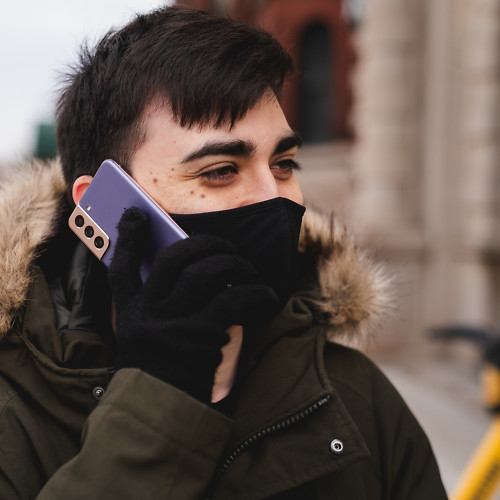
Hayato was a product reviewer and video editor for Android Central.
